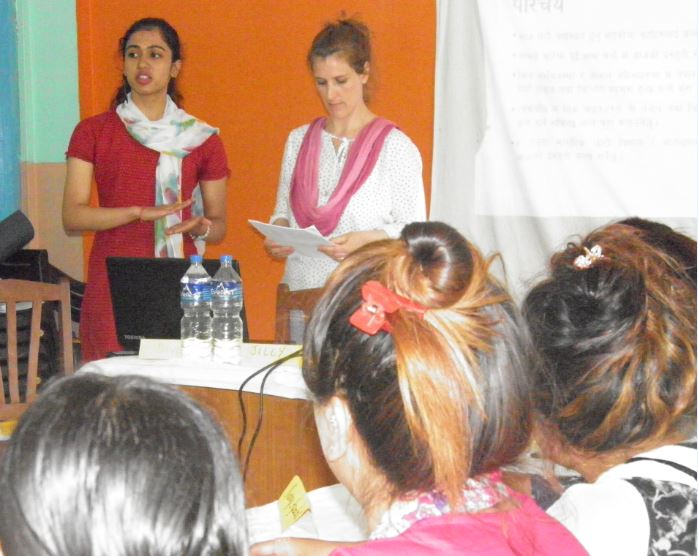 This week we had our latest planning meeting for the BU-led and THET-funded project in Nepal. The project has been running for over a year (following a six-month delay due to the terrible 2015 earthquake in Nepal). The project brings highly experienced UK health volunteers to train local community-based maternity care practitioners about the key mental health issues in pregnancy and after birth. The Centre for Midwifery & Maternal Health (CMMPH) works in collaboration with Liverpool John Moores University (LJMU), the Department of Health, Physical and Population Education at Nepal’s largest university Tribhuvan University’s (TU). Our project is part of the Health Partnership Scheme (HPS), which funds health partnerships to carry out capacity-building projects in low-income countries, including Nepal. HPS itself is funded by the UK Department for International Development and managed by THET.
This week we had our latest planning meeting for the BU-led and THET-funded project in Nepal. The project has been running for over a year (following a six-month delay due to the terrible 2015 earthquake in Nepal). The project brings highly experienced UK health volunteers to train local community-based maternity care practitioners about the key mental health issues in pregnancy and after birth. The Centre for Midwifery & Maternal Health (CMMPH) works in collaboration with Liverpool John Moores University (LJMU), the Department of Health, Physical and Population Education at Nepal’s largest university Tribhuvan University’s (TU). Our project is part of the Health Partnership Scheme (HPS), which funds health partnerships to carry out capacity-building projects in low-income countries, including Nepal. HPS itself is funded by the UK Department for International Development and managed by THET.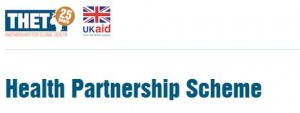
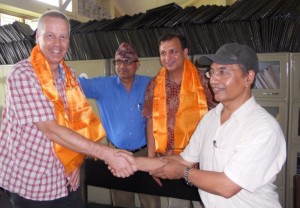 Halfway through the project we had an update meeting at Tribhuvan University in Kathmandu to discuss and plan the second half of the project which runs until the spring in 2017. The maternal mental health project is a good example of BU’s FUSION approach as it combines Education (through the training of Auxiliary Nurse-Midwives) by UK volunteers (representing the Practice-element of FUSION) in an intervention that is Research-based in both its design and evaluation. The next group of UK volunteers is due to go out to southern Nepal in September 2016. The photo on the top shows one of the UK volunteers (a midwife from Aberdeen) in action with the aid of a Nepali translator during the latest training session in Nawalparasi in May 2016.
Halfway through the project we had an update meeting at Tribhuvan University in Kathmandu to discuss and plan the second half of the project which runs until the spring in 2017. The maternal mental health project is a good example of BU’s FUSION approach as it combines Education (through the training of Auxiliary Nurse-Midwives) by UK volunteers (representing the Practice-element of FUSION) in an intervention that is Research-based in both its design and evaluation. The next group of UK volunteers is due to go out to southern Nepal in September 2016. The photo on the top shows one of the UK volunteers (a midwife from Aberdeen) in action with the aid of a Nepali translator during the latest training session in Nawalparasi in May 2016.
Prof. Edwin van Teijlingen (CMMPH) and Prof. Padam Simkhada (LJMU & BU Visiting Faculty)
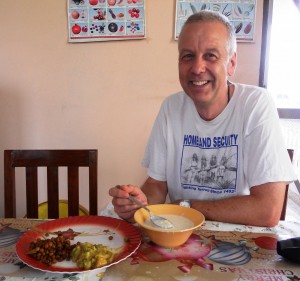
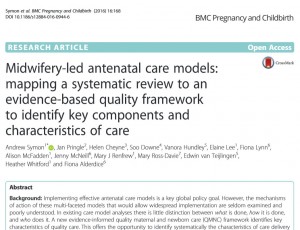

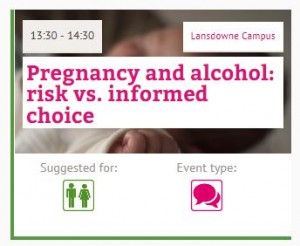
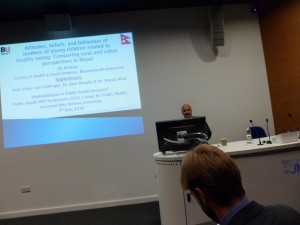
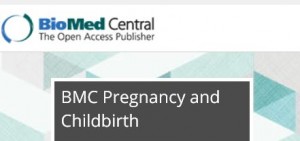
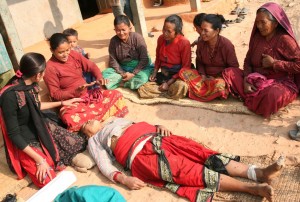
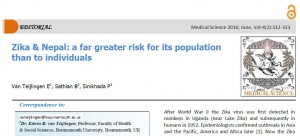
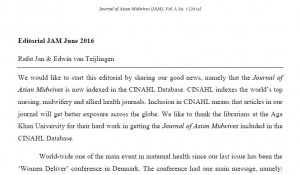
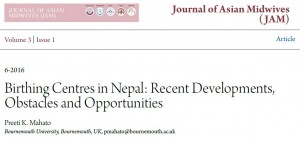


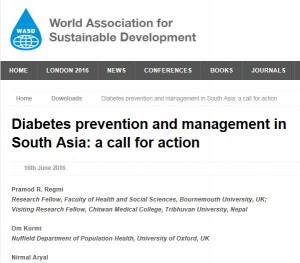
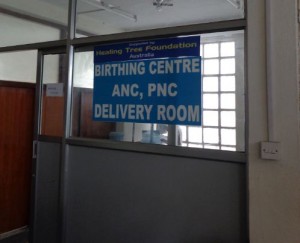

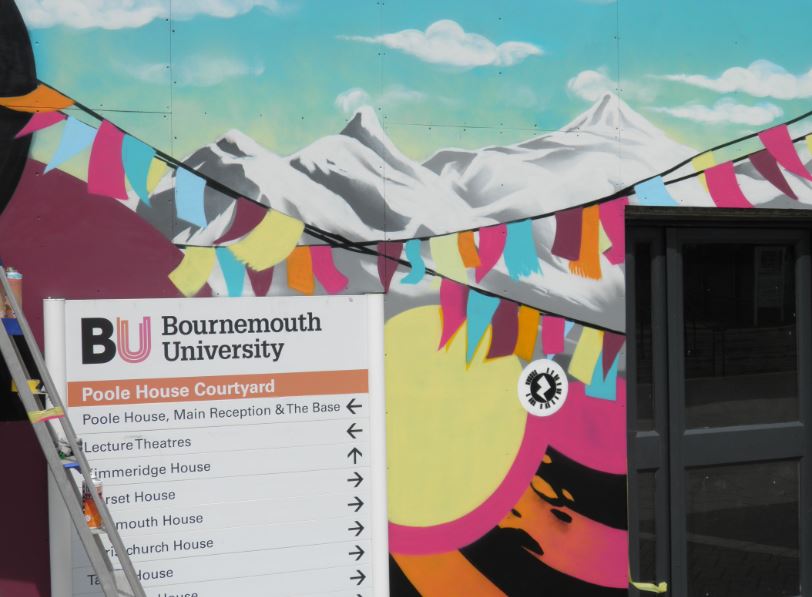
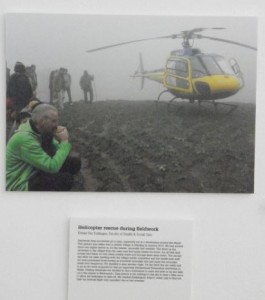
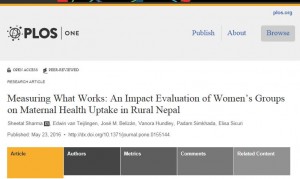
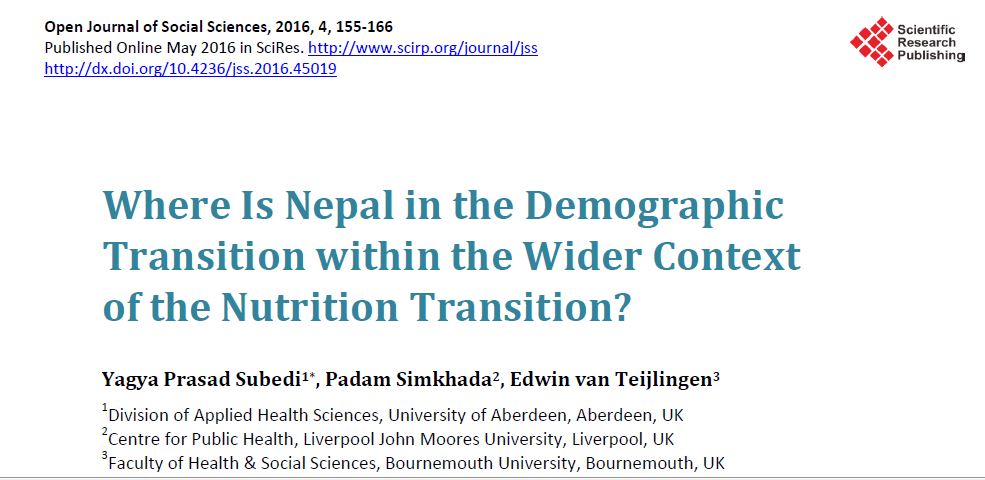
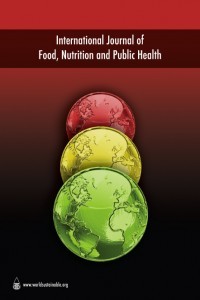
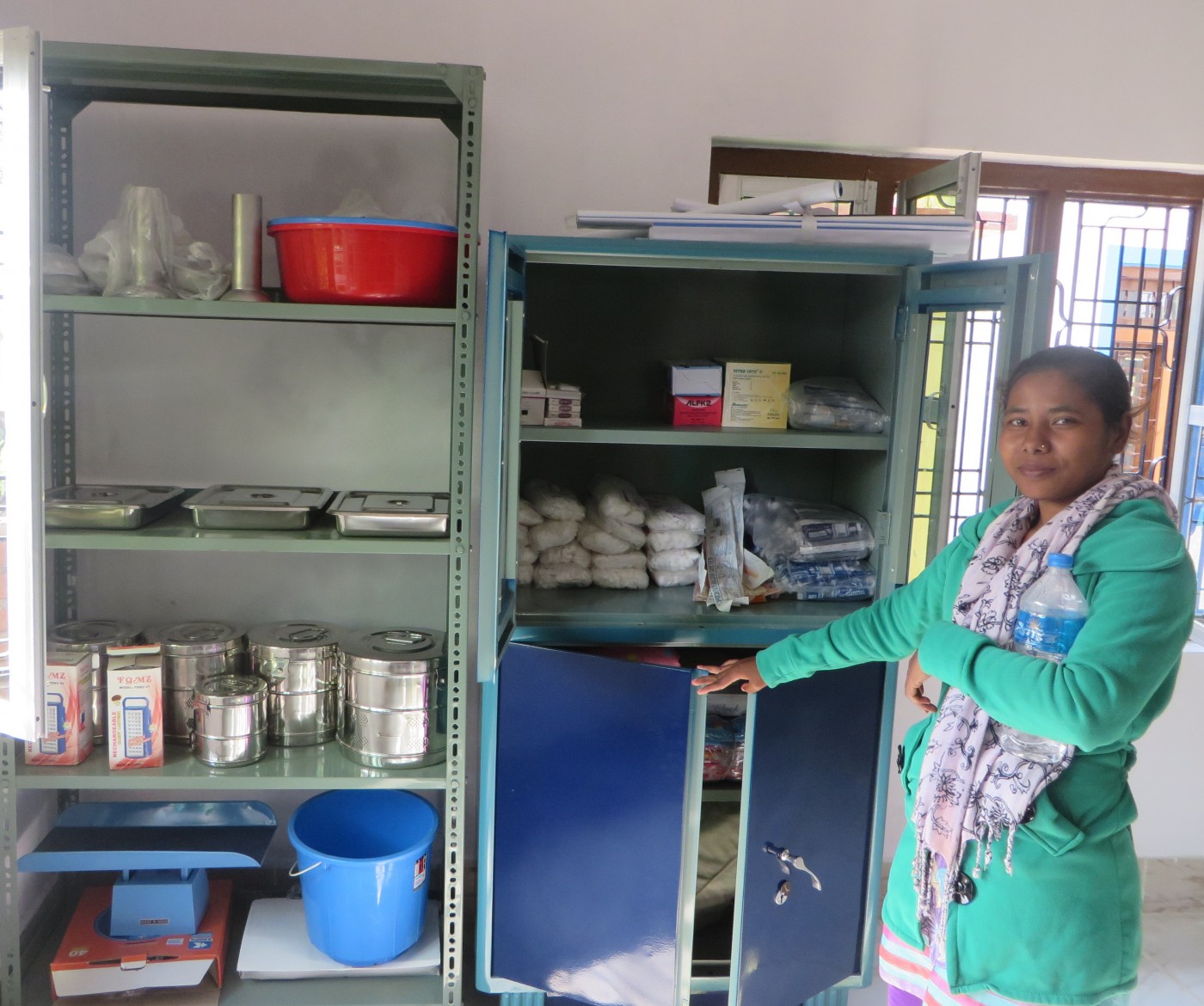
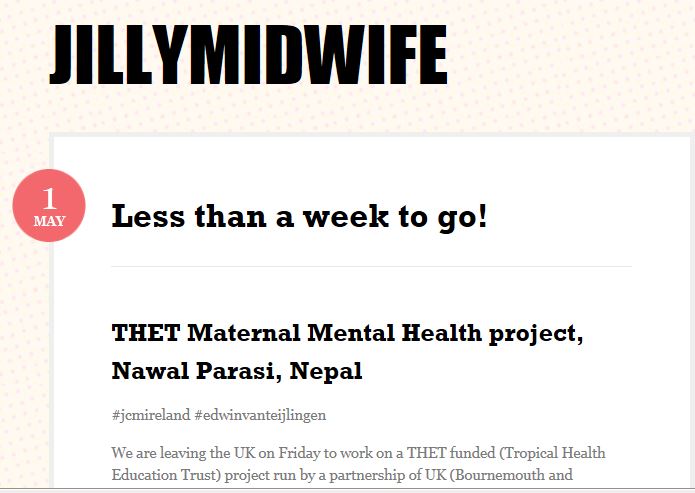
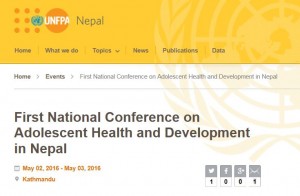

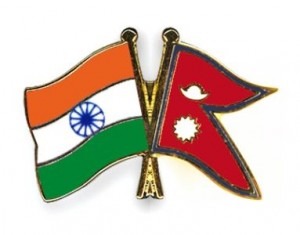











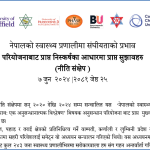 Writing policy briefs
Writing policy briefs Upholding Excellence: The Concordat to Support Research Integrity
Upholding Excellence: The Concordat to Support Research Integrity Today’s Documentation Will Serve Tomorrow’s Justice
Today’s Documentation Will Serve Tomorrow’s Justice Up2U: New BU academic publication
Up2U: New BU academic publication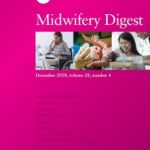 New BU midwifery paper
New BU midwifery paper ECR Funding Open Call: Research Culture & Community Grant – Application Deadline Friday 12 December
ECR Funding Open Call: Research Culture & Community Grant – Application Deadline Friday 12 December MSCA Postdoctoral Fellowships 2025 Call
MSCA Postdoctoral Fellowships 2025 Call ERC Advanced Grant 2025 Webinar
ERC Advanced Grant 2025 Webinar Horizon Europe Work Programme 2025 Published
Horizon Europe Work Programme 2025 Published Horizon Europe 2025 Work Programme pre-Published
Horizon Europe 2025 Work Programme pre-Published Update on UKRO services
Update on UKRO services European research project exploring use of ‘virtual twins’ to better manage metabolic associated fatty liver disease
European research project exploring use of ‘virtual twins’ to better manage metabolic associated fatty liver disease